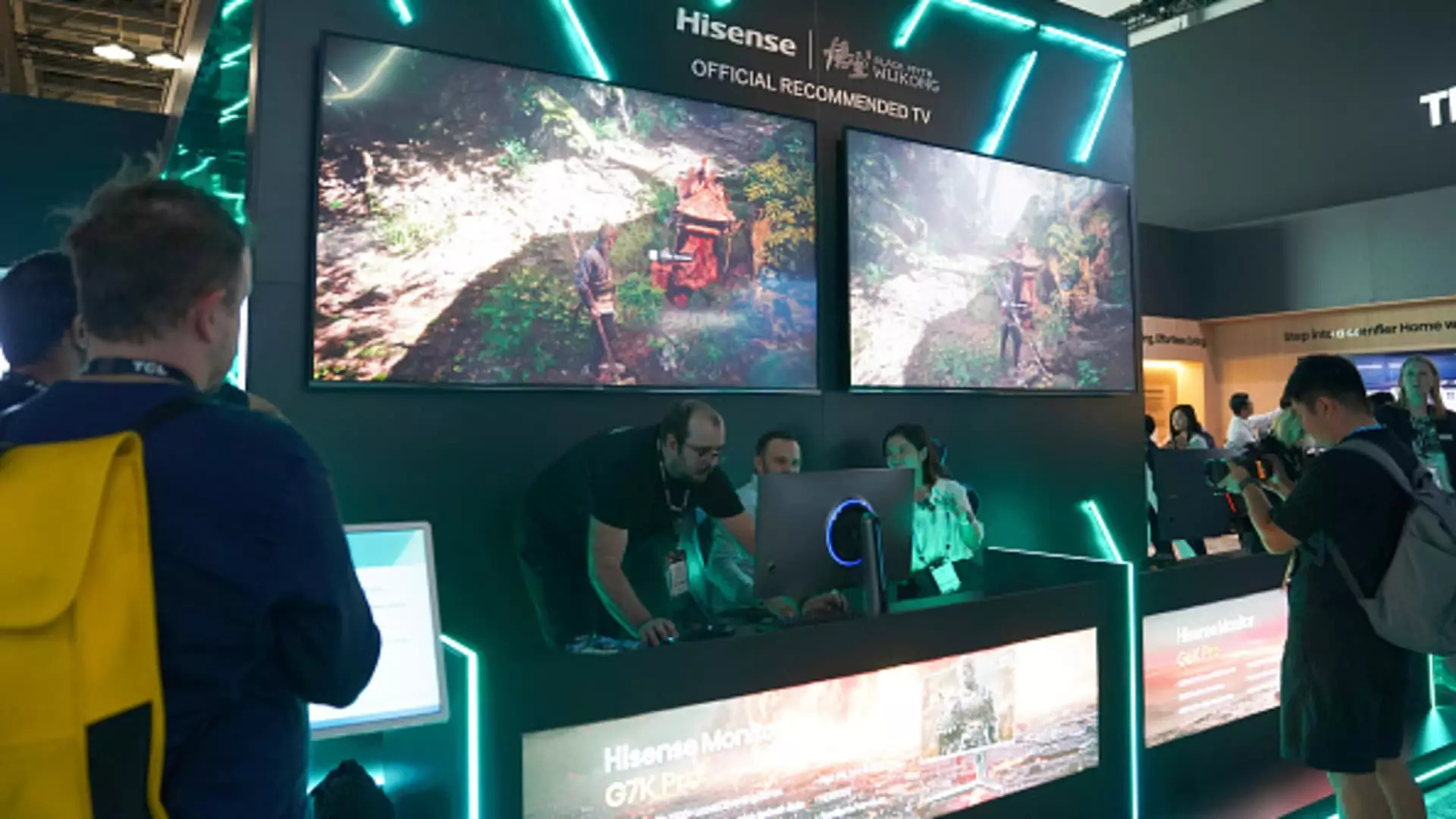Chinese electronics giant Hisense is on a determined journey to seize the title of the leading television seller in the United States within the next two years. In a recent conversation with CNBC, Hisense International President Catherine Fang elaborated on the company’s strategies for elevating its profile in the competitive U.S. market. A crucial component of this expansion is Hisense’s recent collaboration with FIFA, making it the first official partner of the forthcoming FIFA Club World Cup scheduled to take place in Miami in June 2025. This sponsorship is not merely a branding exercise; it represents Hisense’s intent to align itself with a globally recognized event that can significantly enhance its market visibility.
Fang expressed optimism that through this strategic partnership, Hisense can effectively bolster its market share. Sports sponsorships create an avenue for brands to cultivate a premium image, thereby attracting discerning customers. By associating with the FIFA Club World Cup, Hisense aims to position itself not just as an appliance provider but as a major player in the entertainment sector. This image enhancement is crucial for Hisense as it endeavors to shift consumer perceptions and increase its footprint in a crowded market.
In addition to enhancing brand visibility, Hisense is heavily investing in technological innovation. The company has developed an advanced Artificial Intelligence chip designed to refine the image quality of its televisions. This technology aims to make viewing more immersive by improving image rendering and enhancing audio experiences. Notably, Hisense envisions leveraging AI further to include features such as voice-activated athlete statistics—an attractive prospect for sports enthusiasts. However, the availability of these advanced features in U.S. models remains unclear, indicating a potential area for growth that Hisense must communicate effectively to consumers.
According to research from Counterpoint, Hisense has made significant strides in the North American market, sitting at the second position for TV shipments behind industry titan Samsung. This close competition illustrates the challenges Hisense faces as it strives to cement its status in a marketplace dominated by well-established brands. Additionally, the company is diversifying its offerings beyond televisions; it aims to capture the top spot among Chinese white goods brands in North America. This ambition reflects a broader trend where Chinese firms are increasingly turning their attention to overseas markets, particularly in light of stagnant growth domestically.
As Hisense plans to amplify its presence in North America, the company is navigating not just challenges but also opportunities. With over half of its revenue stemming from international markets, and North America accounting for roughly 30%, the company stands to gain significantly by focusing on innovation, strategic partnerships, and brand elevation. The next two years will be pivotal for Hisense as it attempts to turn its ambitious vision into reality, navigating the intricate landscape of a competitive market while leveraging cutting-edge technology and influential sponsorships. The success of this endeavor will depend on its ability to resonate with consumers and navigate the complexities of U.S. retail dynamics.

